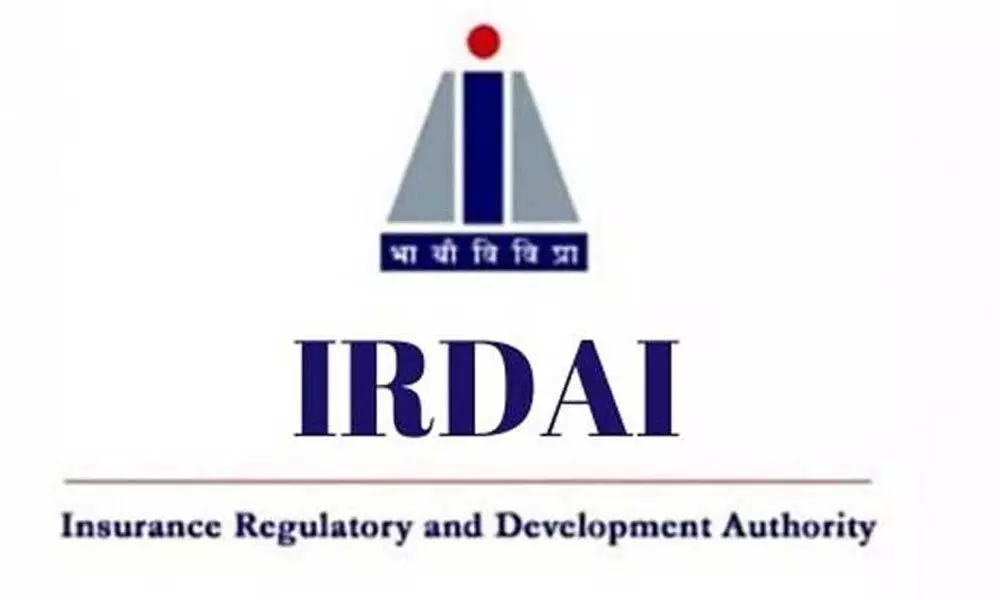2022 has a lot of buzz in store for insurance sector
Facts first, the Union Budget-2021 had increased the FDI limit in insurance from 49 per cent to 74 per cent. India’s insurance regulator Insurance Regulatory and Development Authority (IRDAI) has announced the issuance, through digilocker, of digital insurance policies by insurance firms.
image for illustrative purpose

Facts first, the Union Budget-2021 had increased the FDI limit in insurance from 49 per cent to 74 per cent. India's insurance regulator Insurance Regulatory and Development Authority (IRDAI) has announced the issuance, through digilocker, of digital insurance policies by insurance firms. The same budget (that is Union Budget-2021) document had proposed that the initial public offering (IPO) of LIC will be implemented in FY22, as part of the consolidation in the banking and insurance sector. Though no formal market valuation has been undertaken, LIC's IPO has the potential to raise Rs 1 lakh crore. A corpus of Rs 16,000 crore was allocated for crop insurance scheme, and in June 2021, the Centre extended a Rs50 lakh insurance coverage scheme for healthcare workers across India until the next one year. Besides, in February 2021, the Finance Ministry announced to infuse Rs3,000 crore into state-owned general insurance companies to improve the overall financial health of companies.
All these facts and figures and developments assume special significance as the year 2022 marks the 22nd year of liberalisation of India's insurance sector. It has witnessed significant participation from domestic and foreign investors in both life and general insurance. However, even after more than two decades, India still lags the world average in terms of penetration and density.
Now, mind you that all these moves, as discussed in the beginning, were initiated as the future looks promising for the life insurance industry with several changes in regulatory framework, which eventually will lead to further change in the way the industry conducts its business and engages with its customers Mind you that the overall insurance industry has reached nearly $280 billion at the end of 2020. Going forward, the life insurance industry in the country is expected to increase by 14-15 per cent annually for the next three to five years.
Another interesting and significant development facing the country's insurance sector is a recent move by the RBI to reduce the ownership by banks over insurance companies at a maximum of 20 per cent from a present 50 per cent. This move will certainly go down well in the concerned sectors, as the close inter-relationship of banks with the insurance sector and other financial investment companies, causes opaque monopolies that distort the market and concentrate risks dangerously for the bondholders, lenders, depositors, home borrowers, persons taking out an insurance claim and shareholders the recent takeover of Reliance Capital by the RBI may be a case in point. Sector analysts think that demographic factors such as growing middle class, young insurable population and growing awareness of the need for protection and retirement planning will support the growth of Indian insurance sector. Having said these, one must also keep in mind that the scope of internet of things (IoT) in Indian insurance market will go beyond telematics and customer risk assessment. There are already more than 110 Insurtech startups operating in India. The number will only go up in the days to come.

